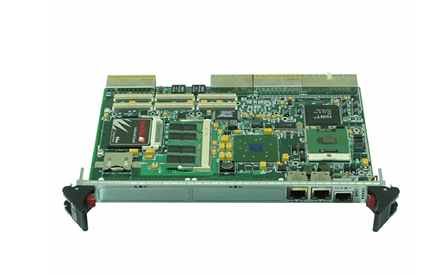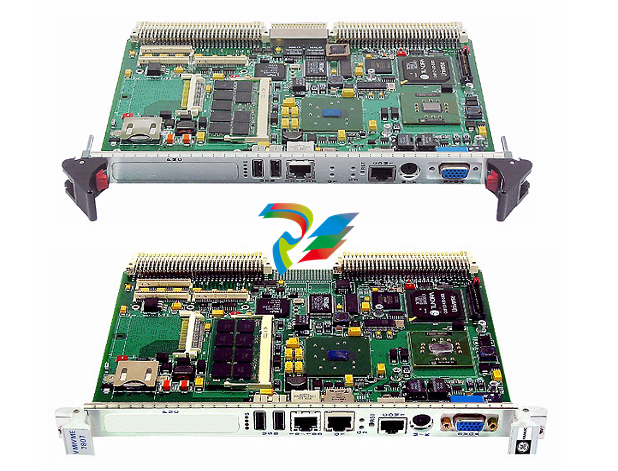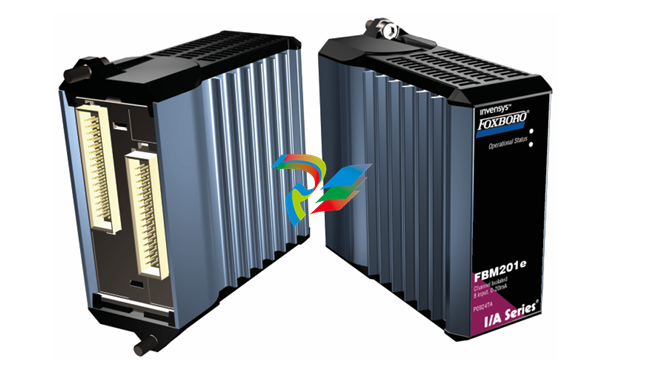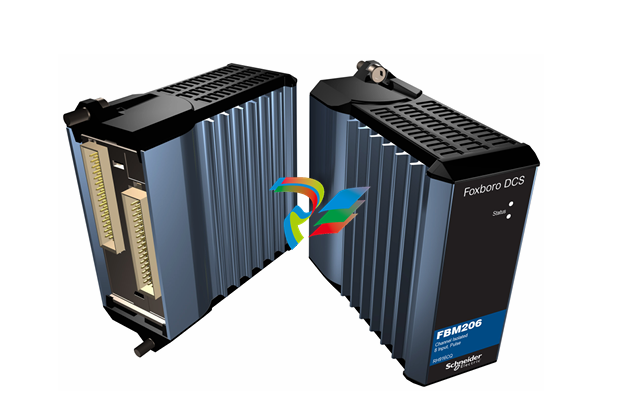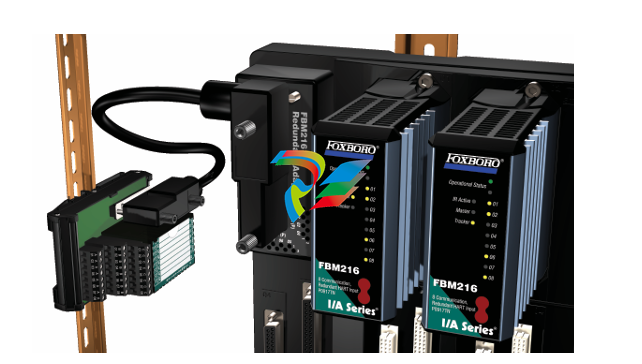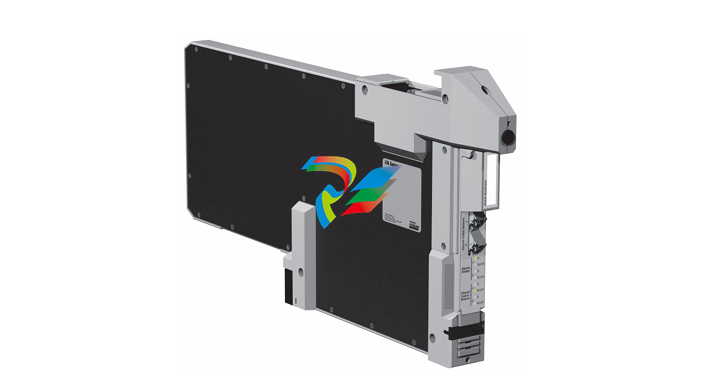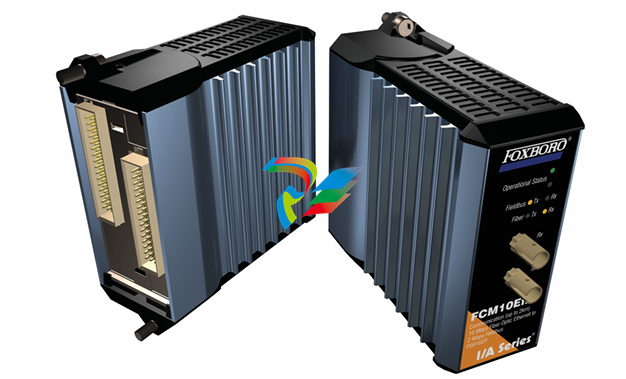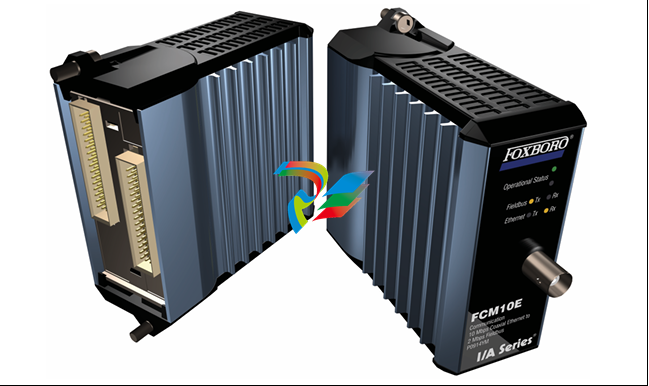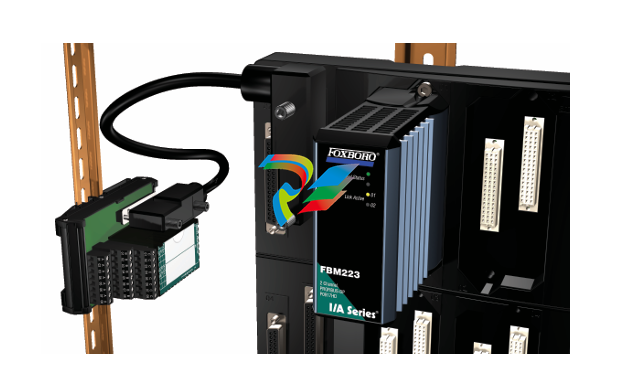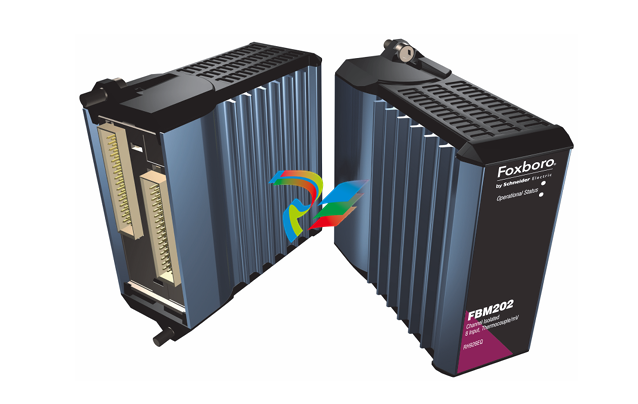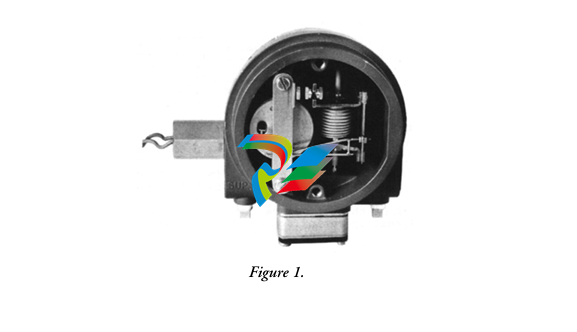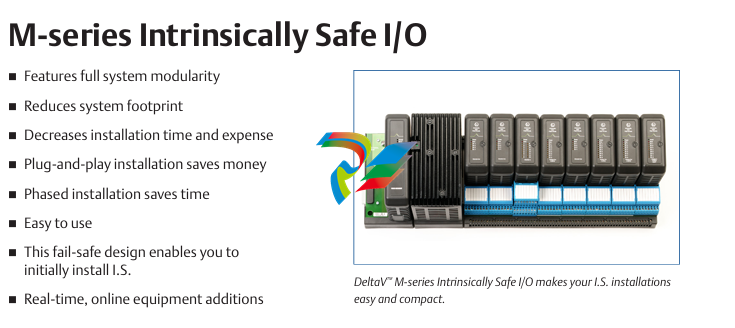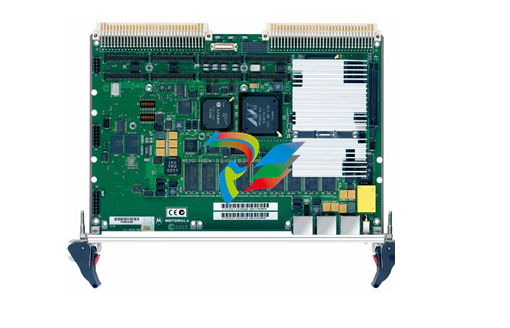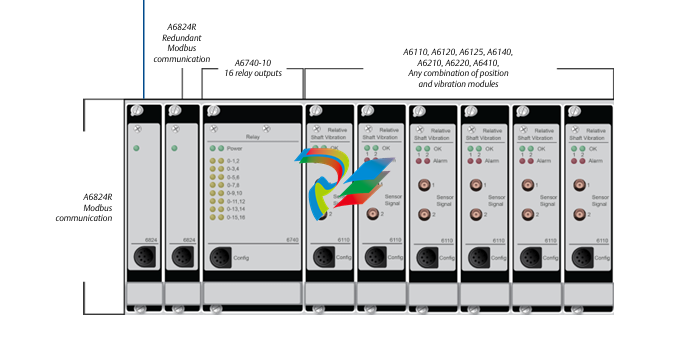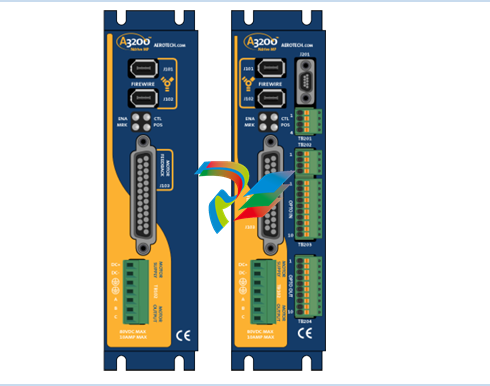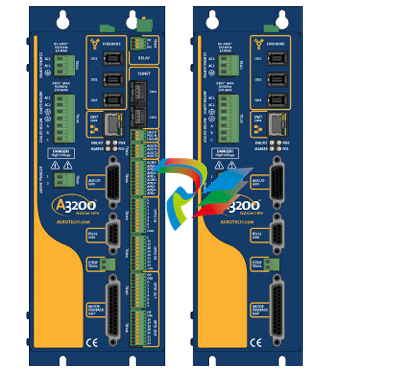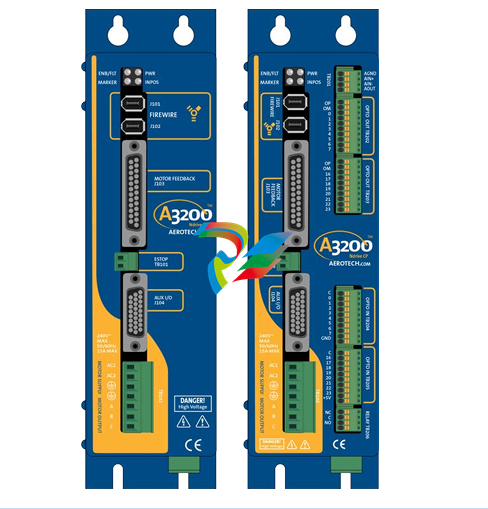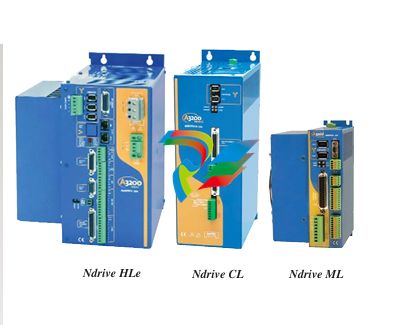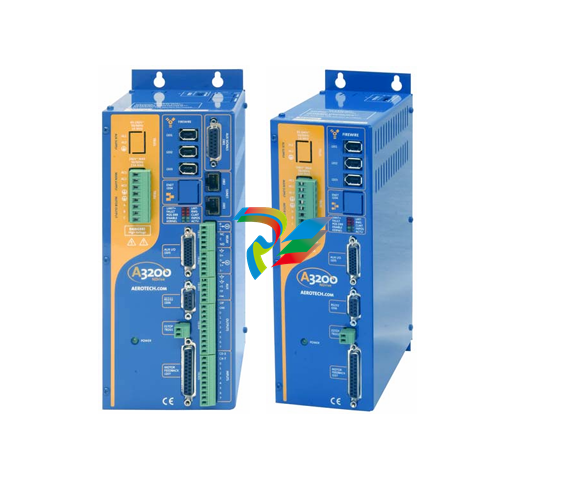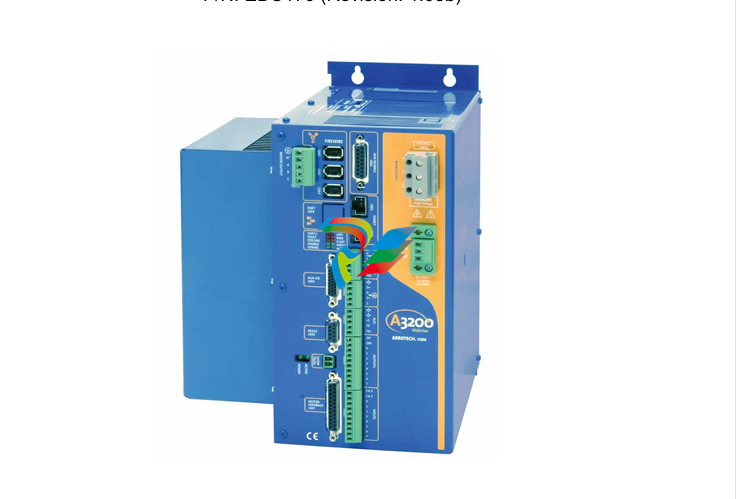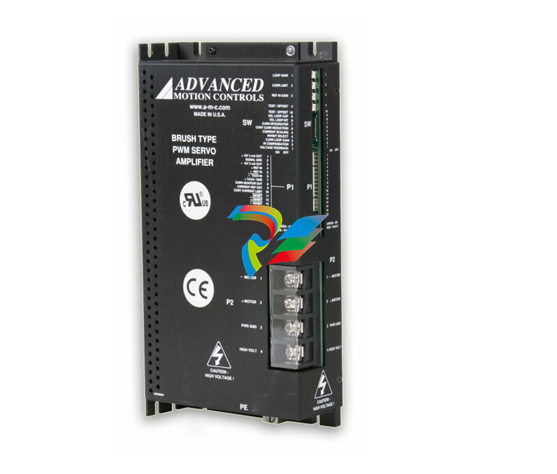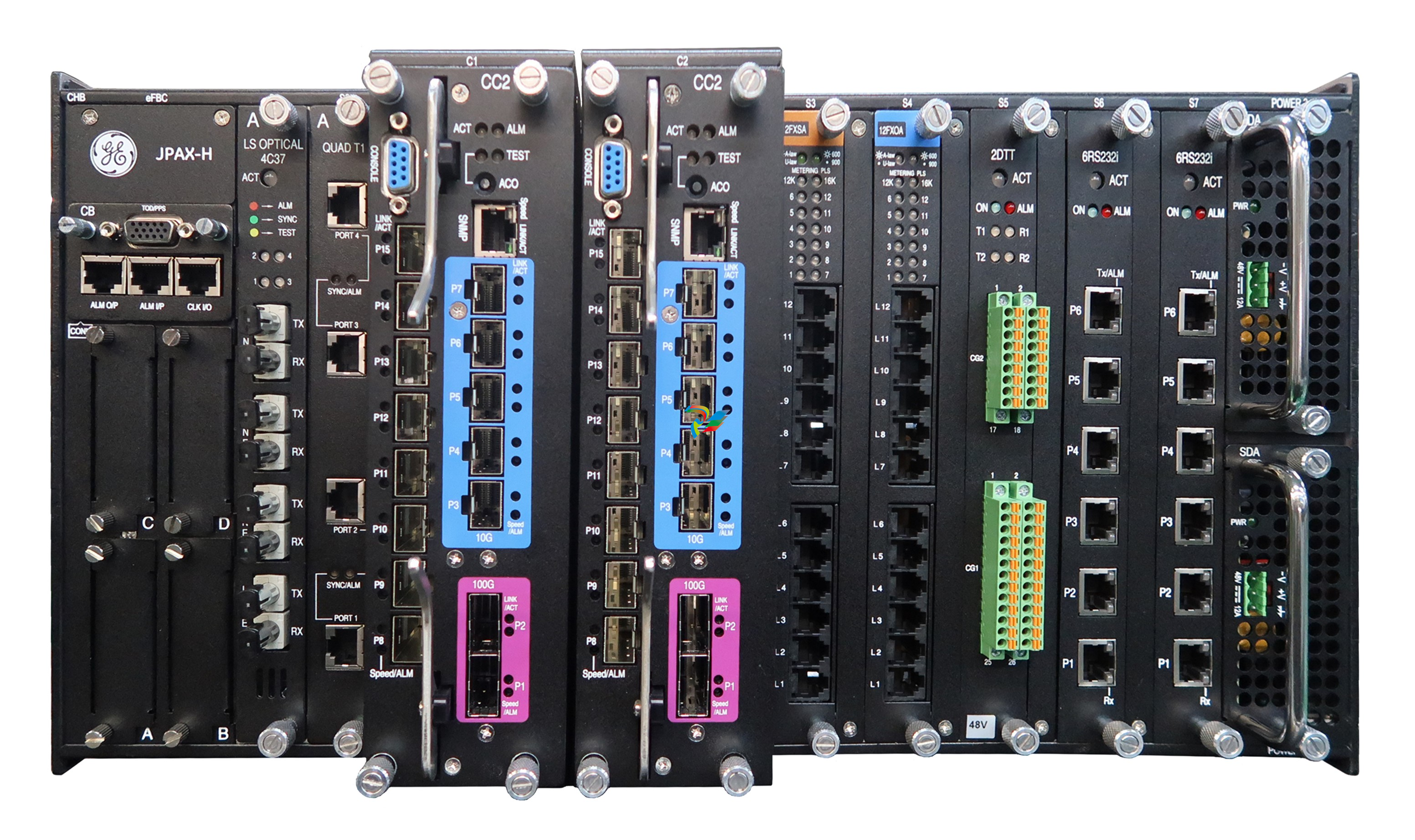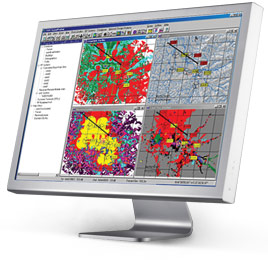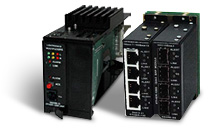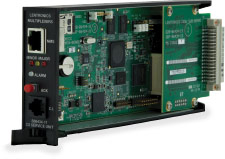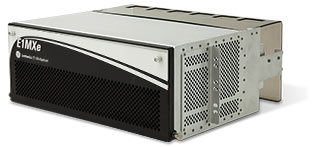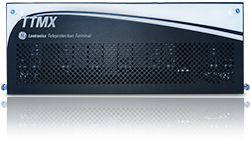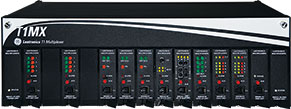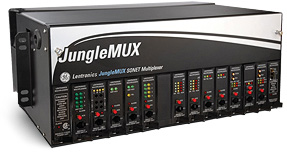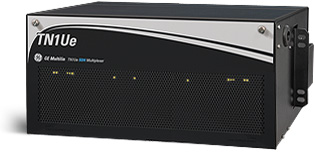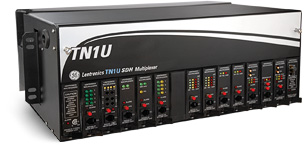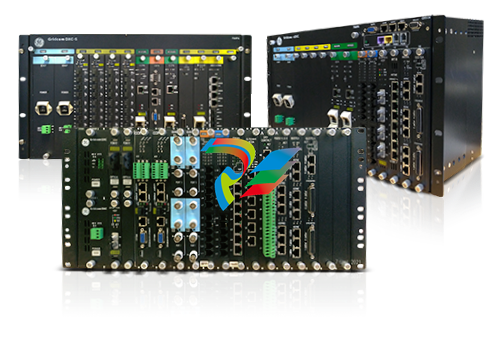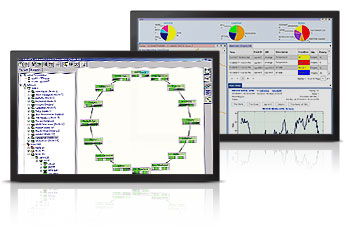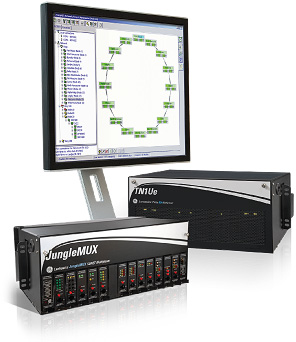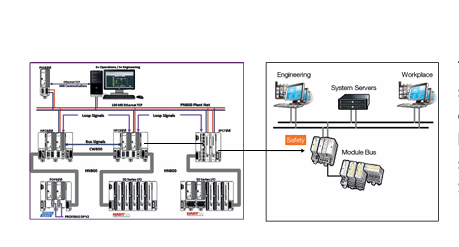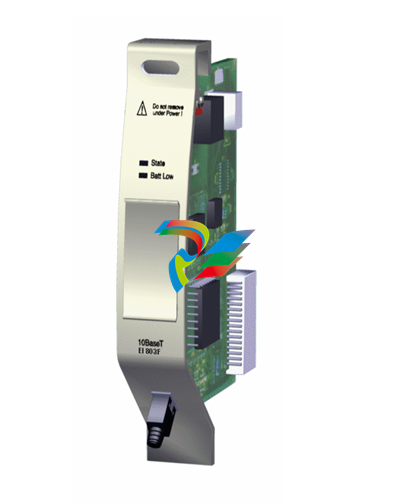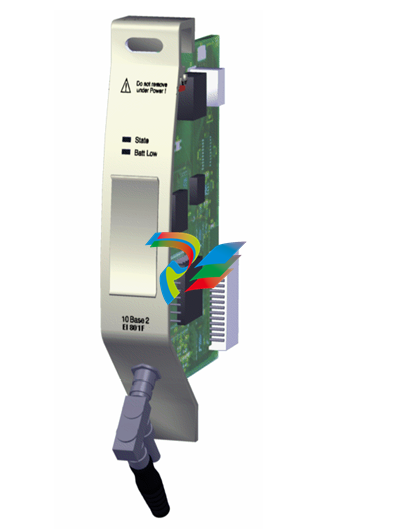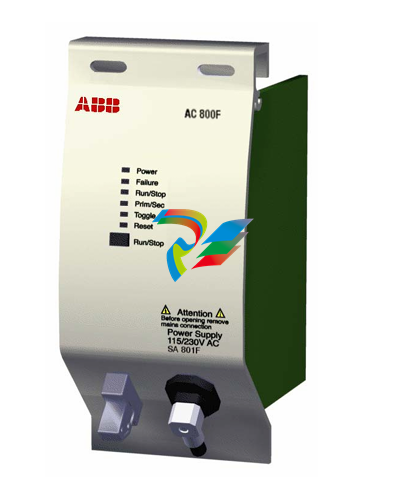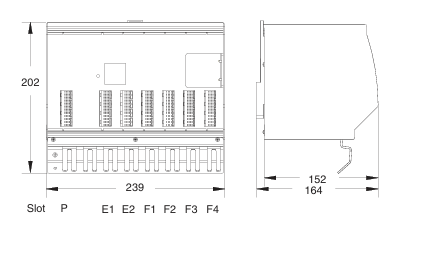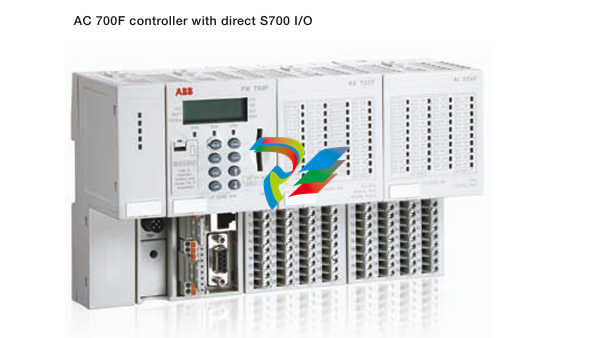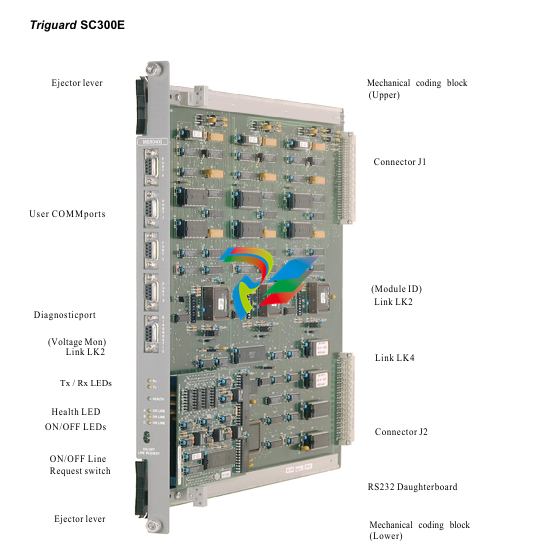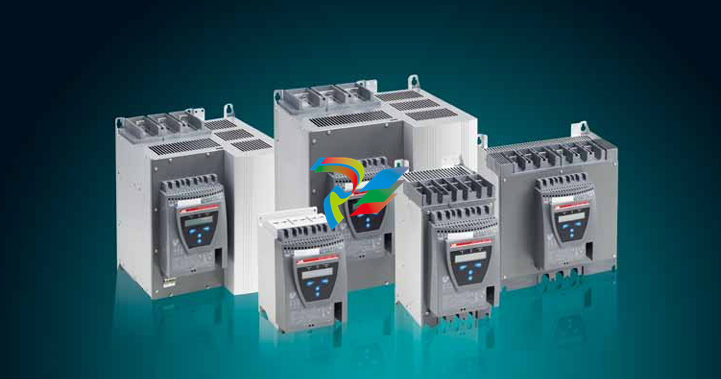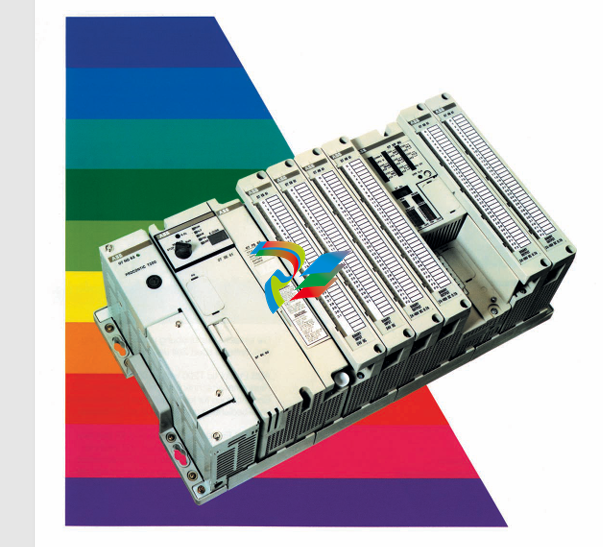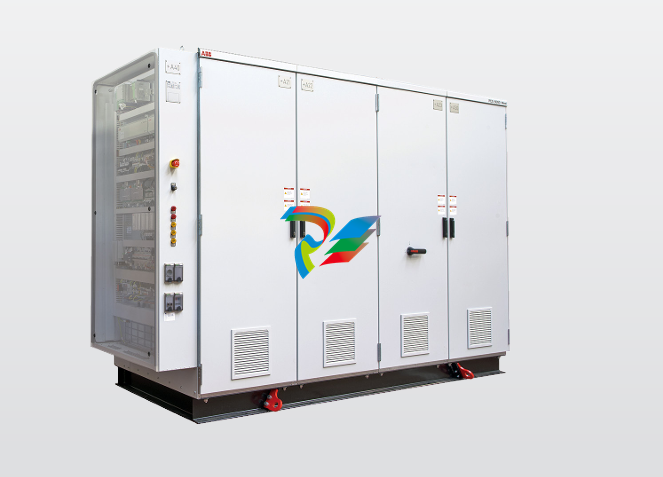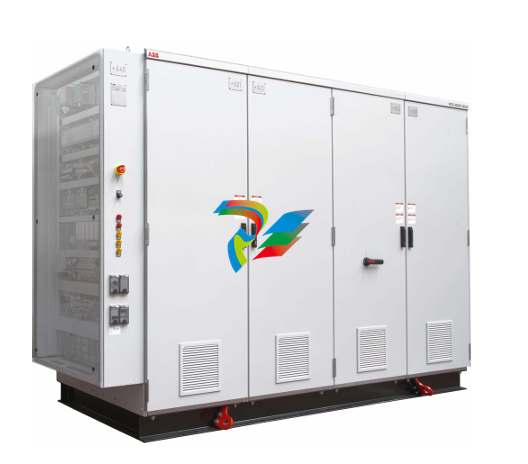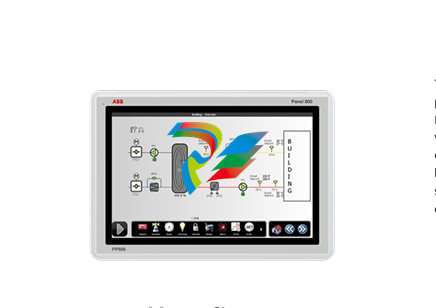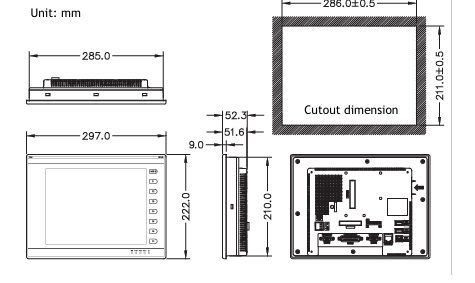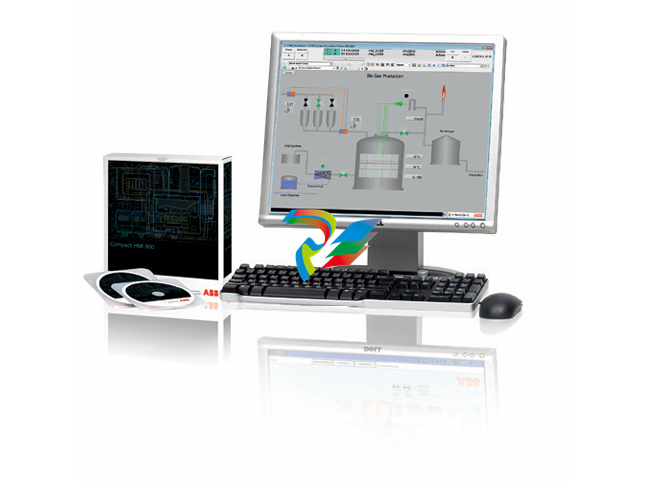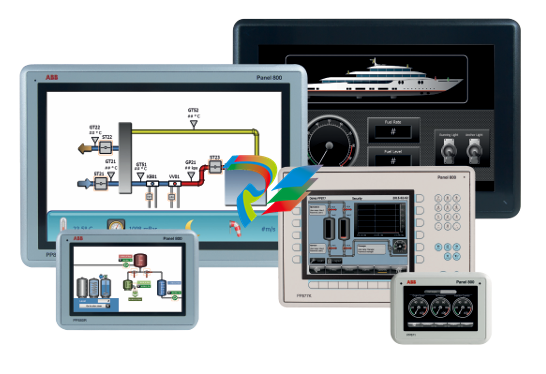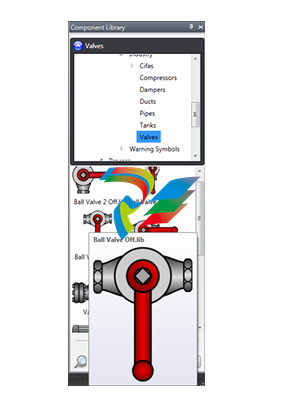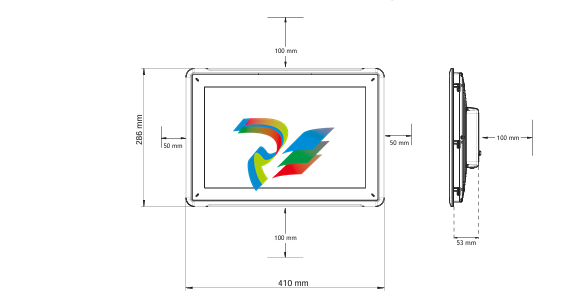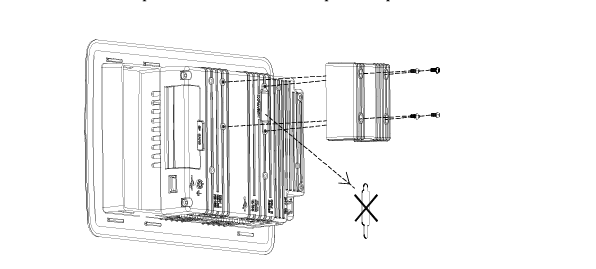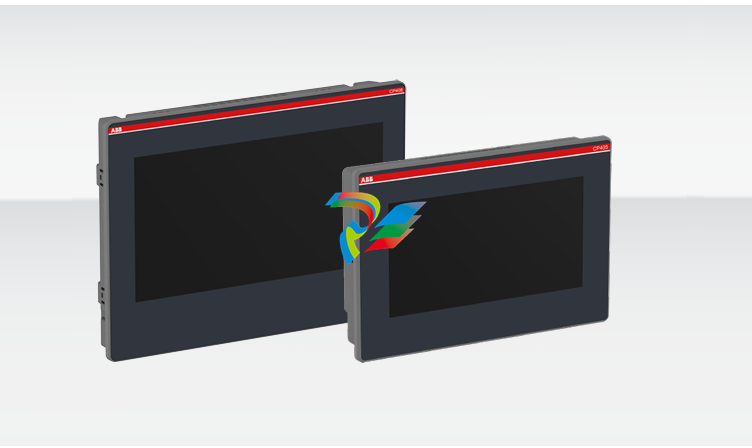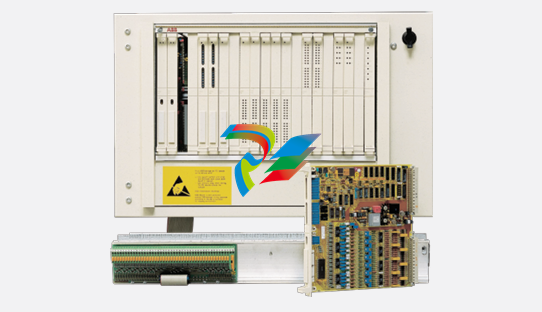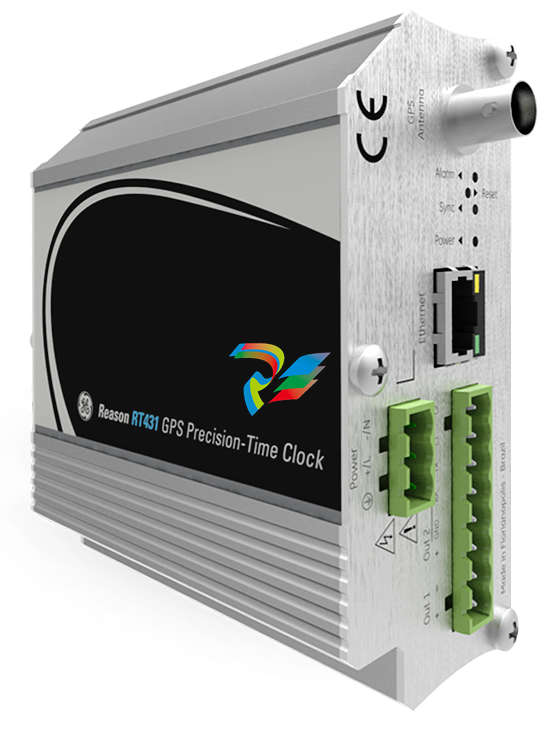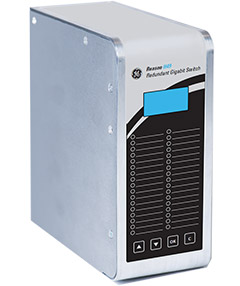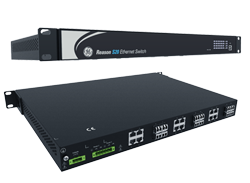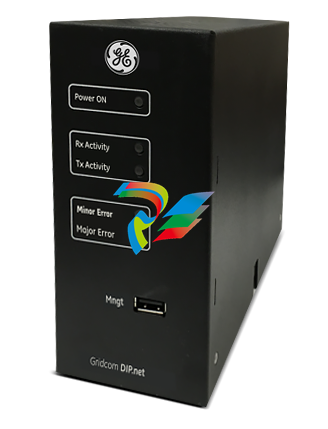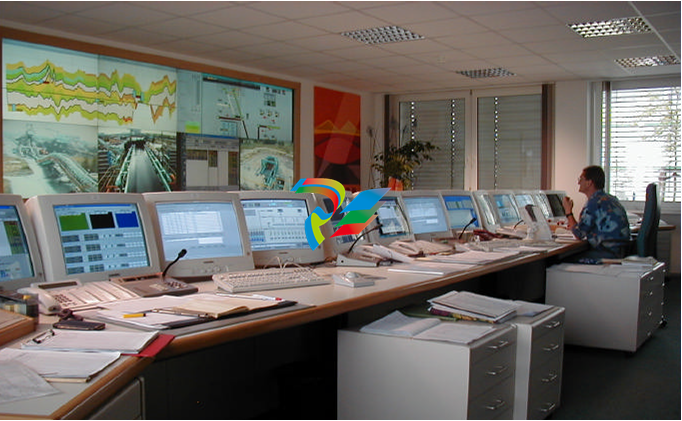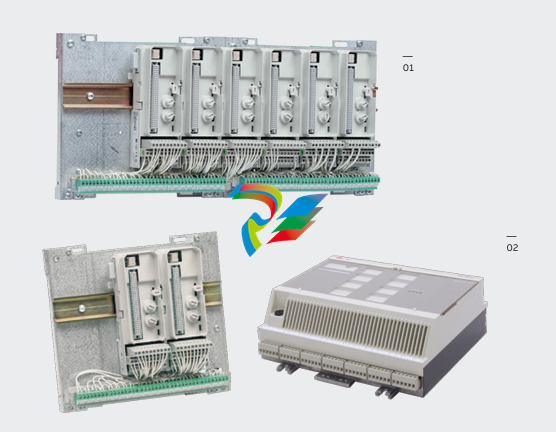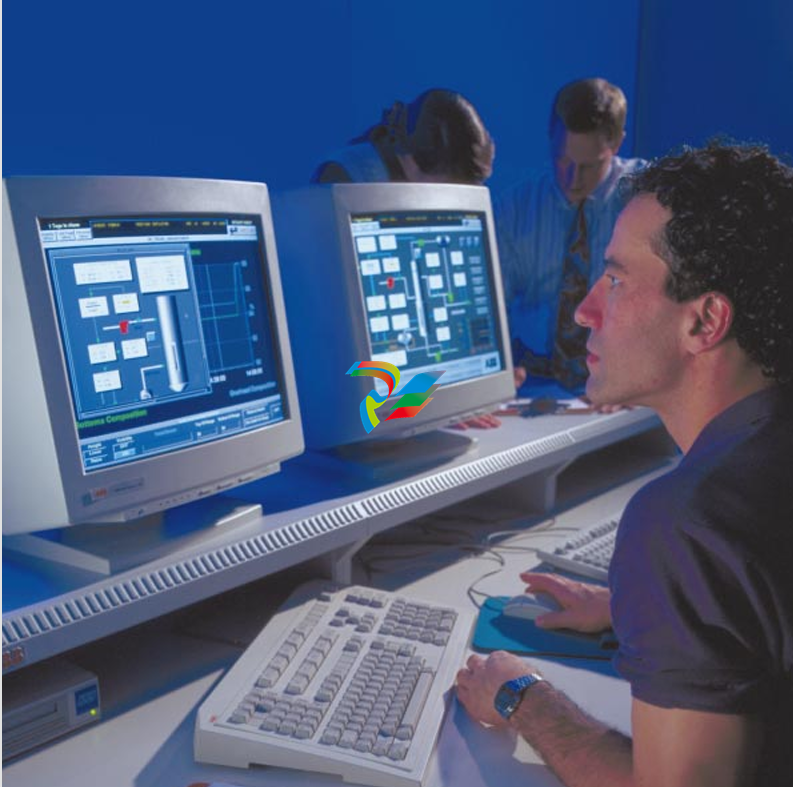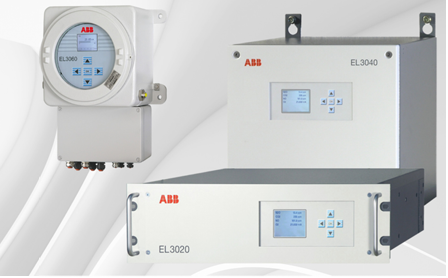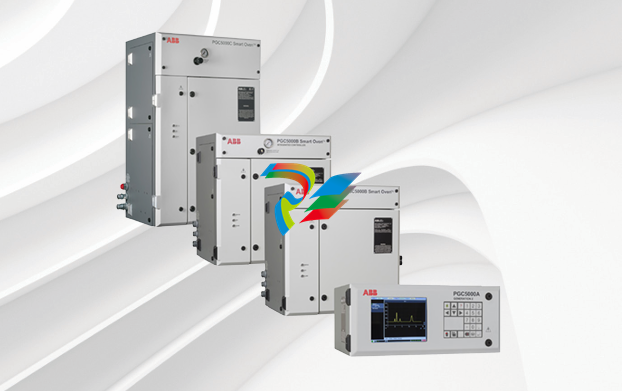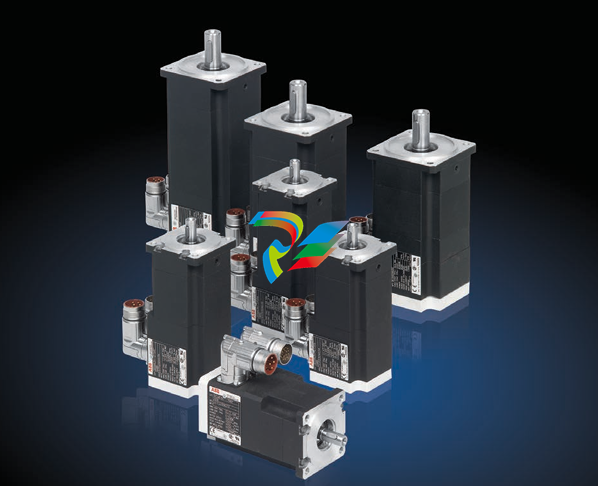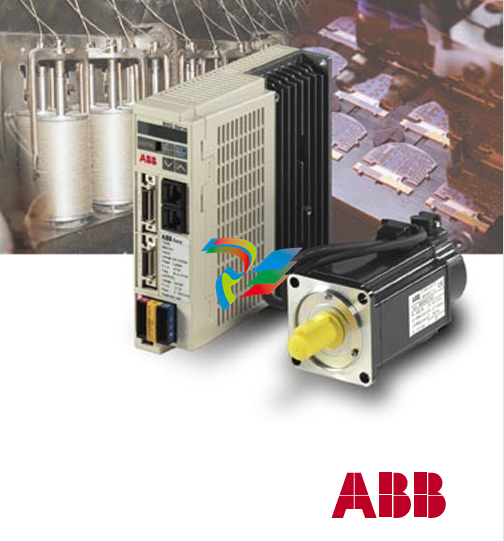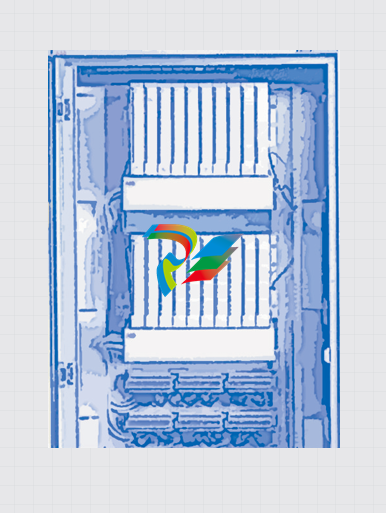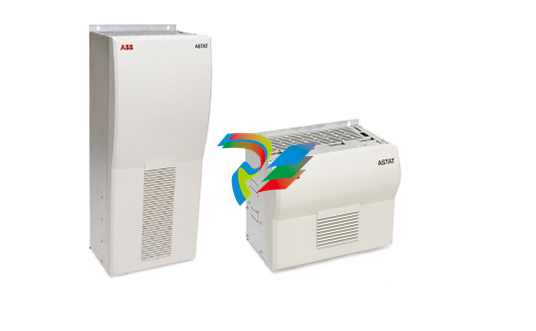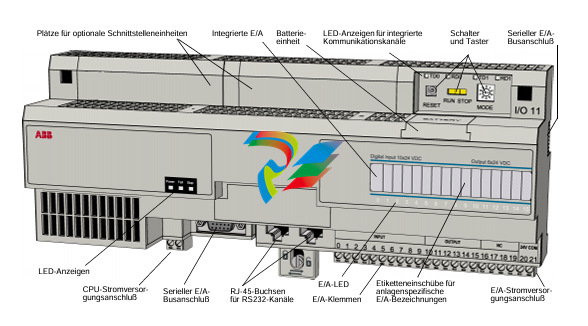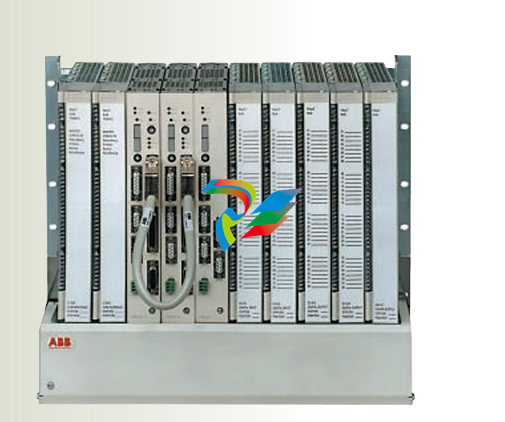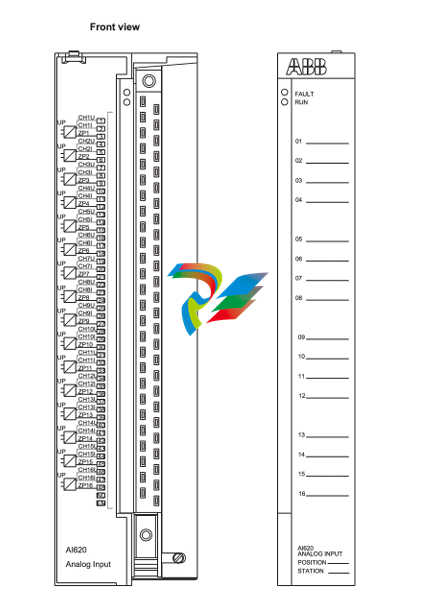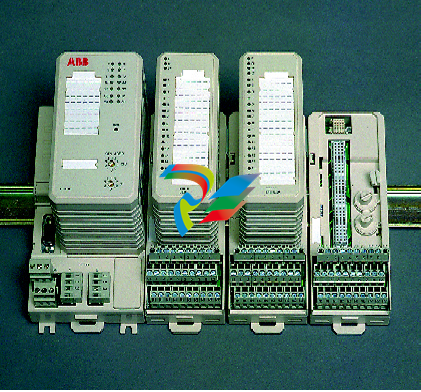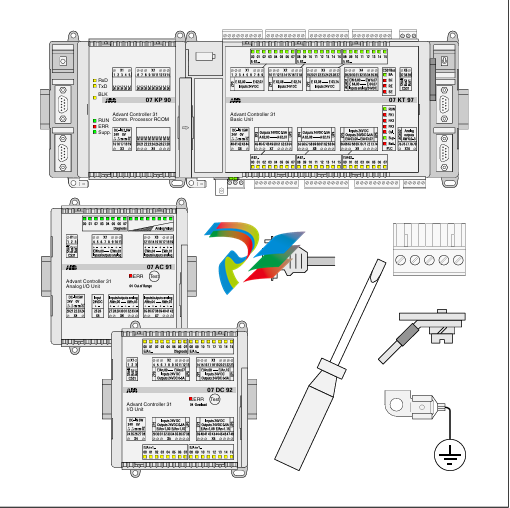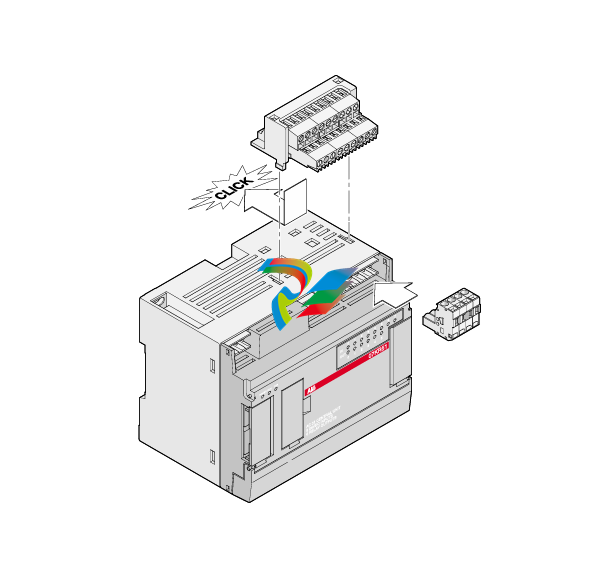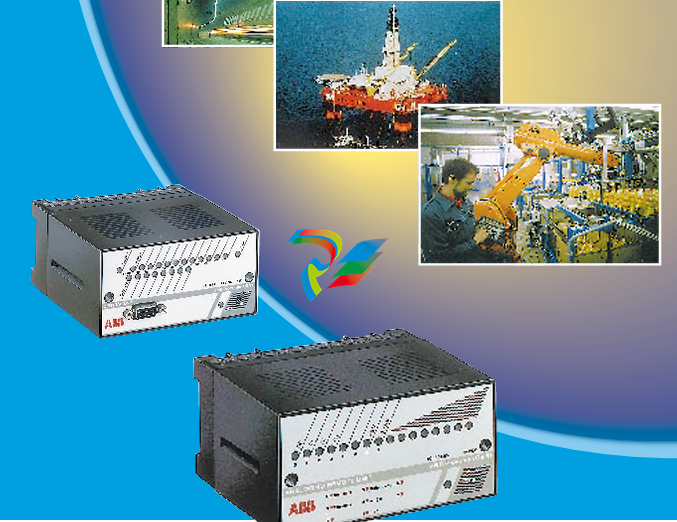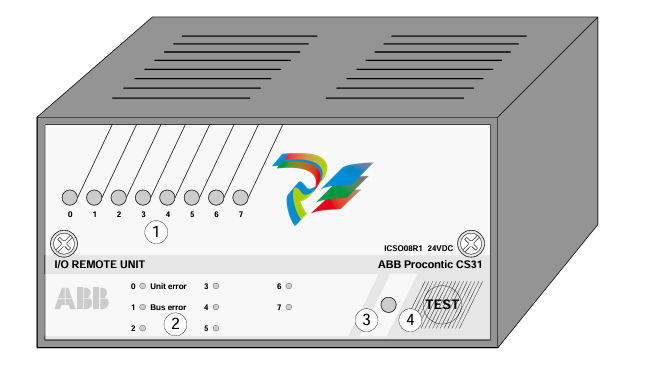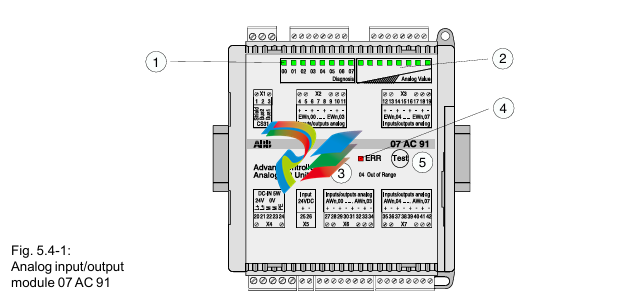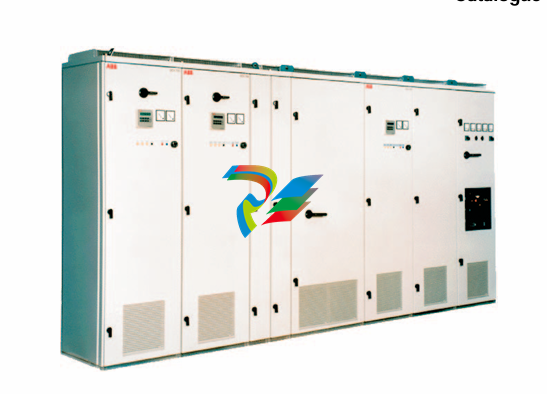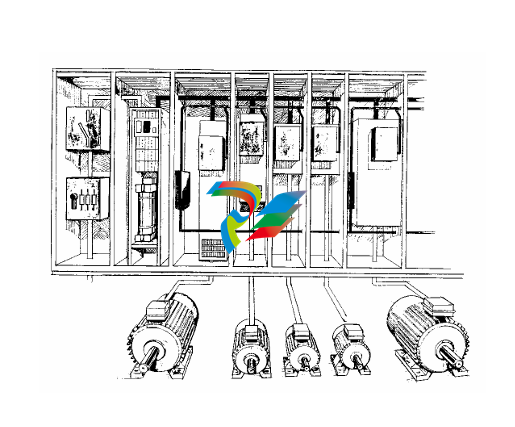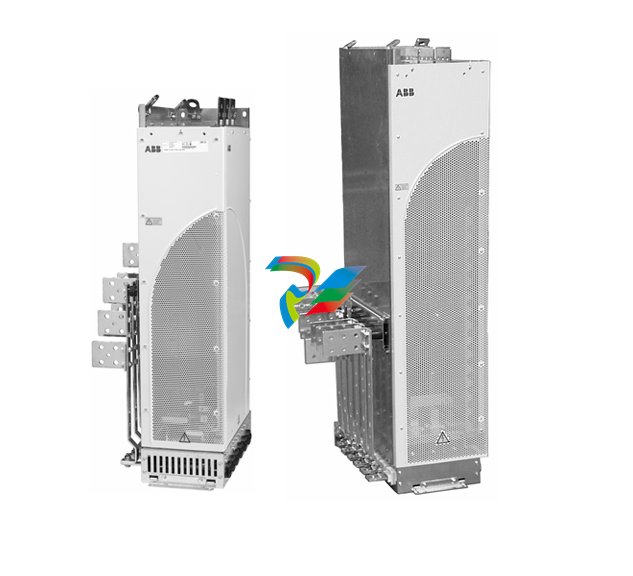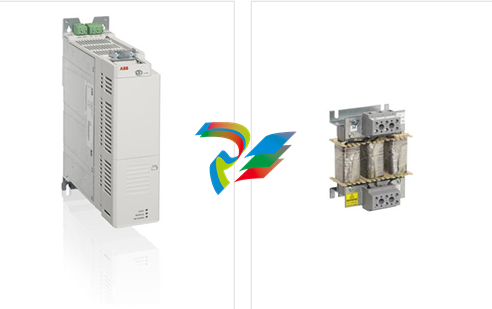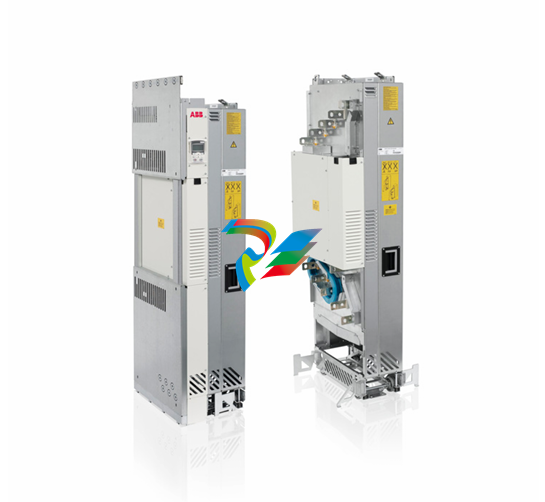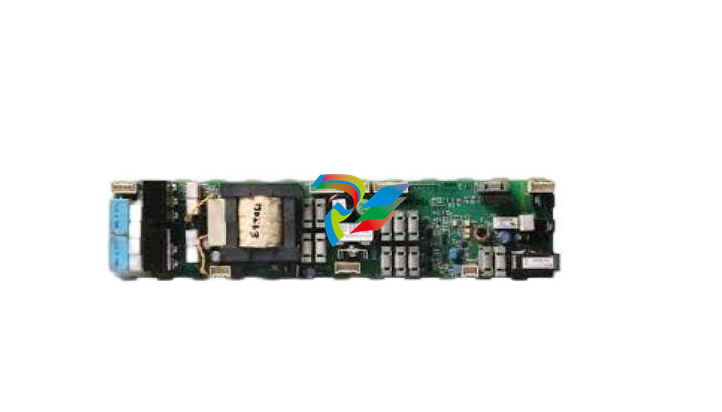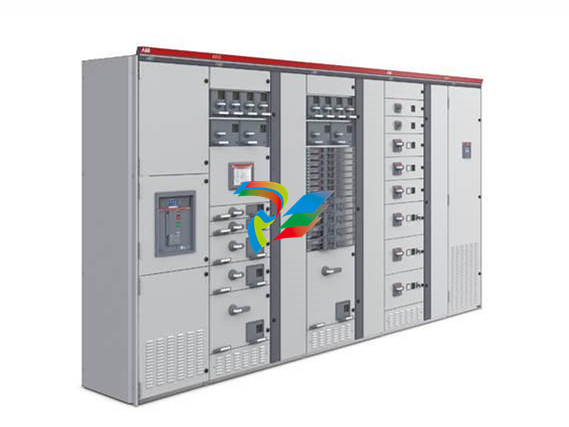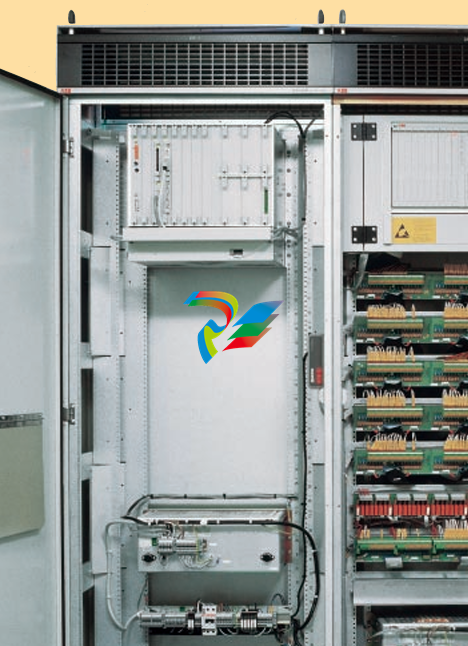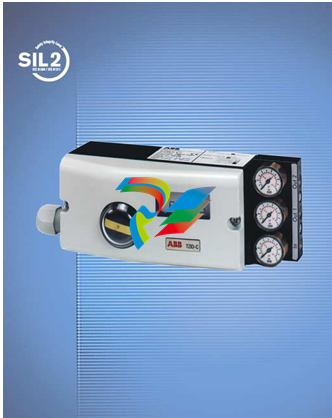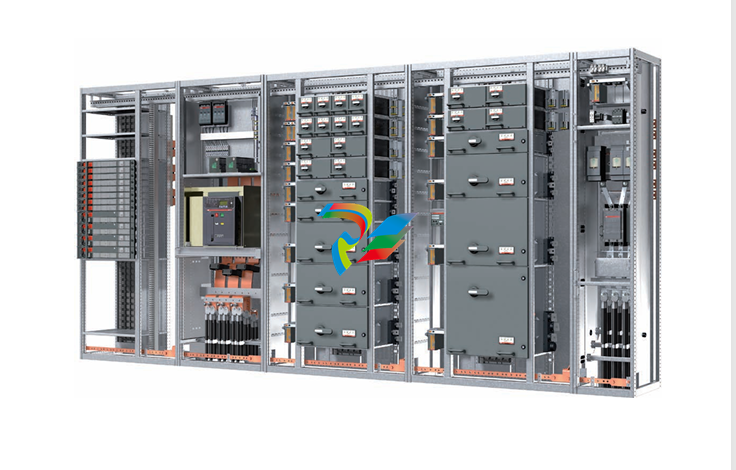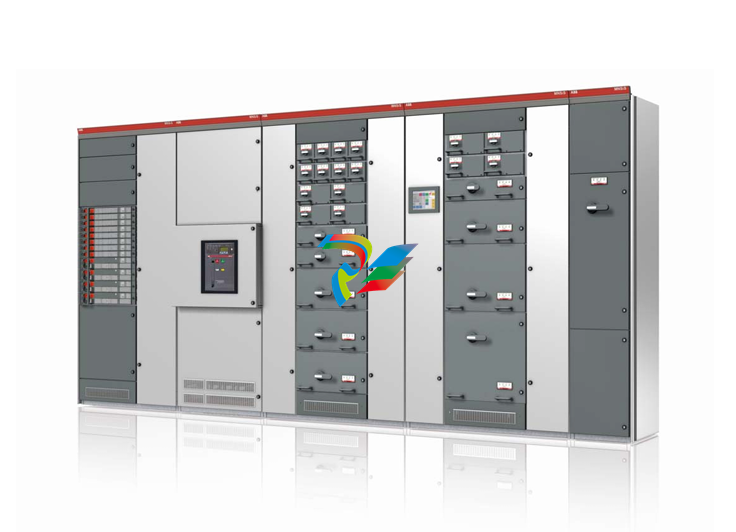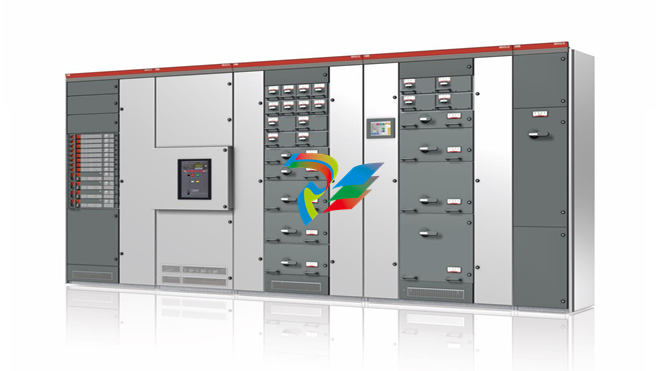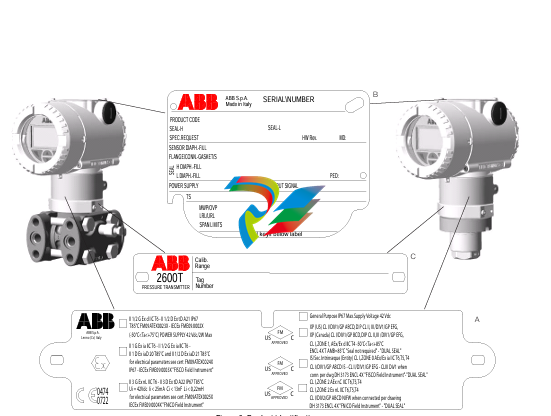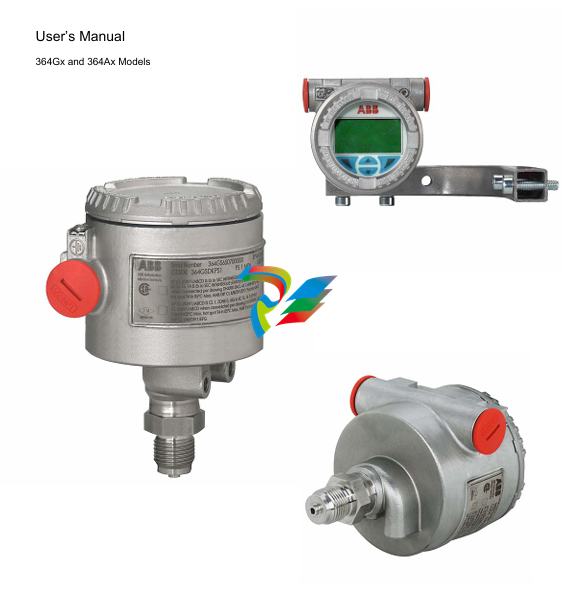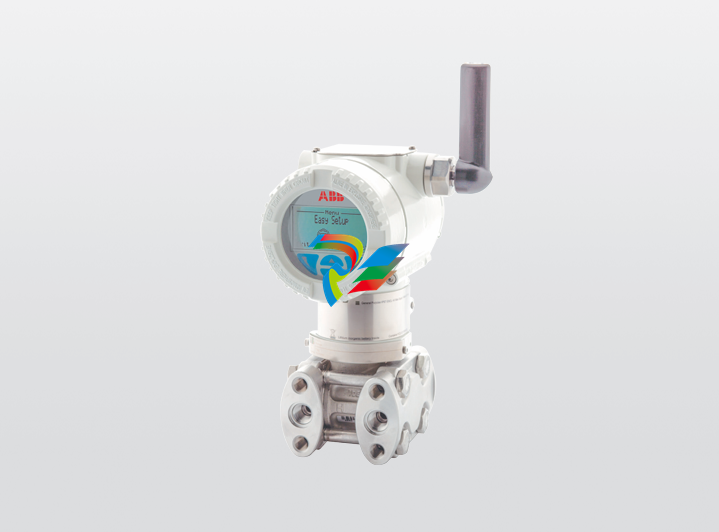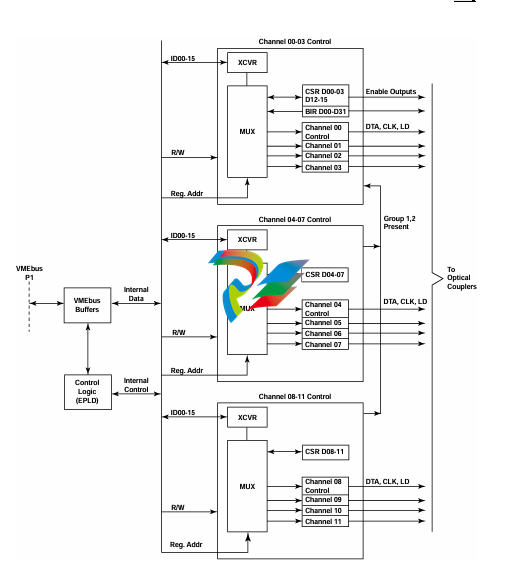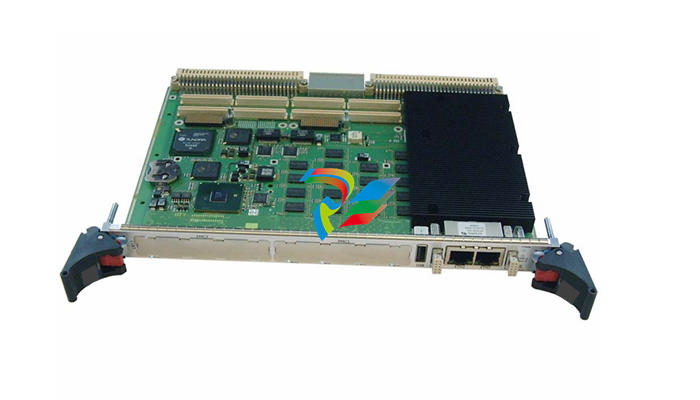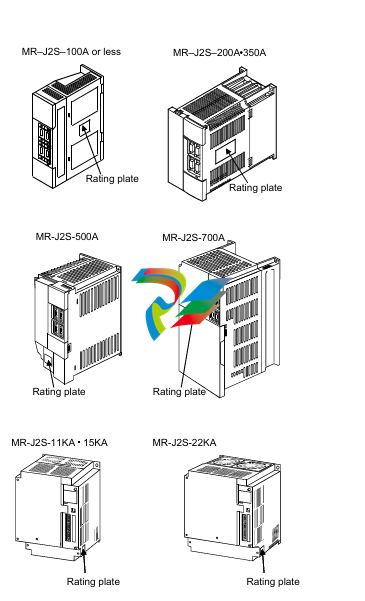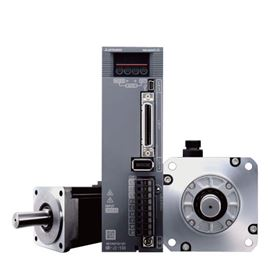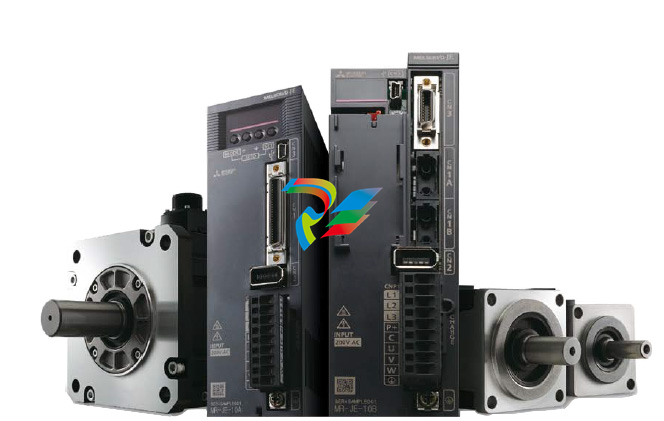
The ABB PQF4-3 TAS is a digital output module, with the specific model being PQF4-3 TAS.580.0600G00. The following is an introduction to this product: Functions and Features Signal Output and Conversion: Convert digital signals into physical control signals to control external devices, actuators or other electrical components. High-precision output: It features high-precision output characteristics and can provide stable and accurate output signals, meeting the requirements of high-precision control systems. Multiple output types: Supports multiple output types, such as analog output, digital output, etc., and can be configured according to actual needs. Programmability: Supports programmable functions, allowing users to implement different control logics and algorithms through programming, thereby enhancing the flexibility of applications. Communication interface: It is equipped with multiple communication interfaces, facilitating data exchange and communication with other devices or systems. Reliability and stability: Utilizing high-quality materials and manufacturing processes, it can operate stably in various harsh environments. Easy to program and debug: It offers a user-friendly interface and easy-to-use debugging tools, facilitating users' configuration, debugging and maintenance. Good compatibility: It has good compatibility with other ABB series products and can be conveniently connected and integrated with other equipment. Reduce electromagnetic interference: It has the function of reducing electromagnetic interference, usually ranging from 30dB to 50dB, to protect sensitive electronic devices. Hot-swapping capability: Some modules support hot-swapping, allowing for module replacement while the system is running without interrupting operations. Fault Detection and Diagnosis: Equipped with fault detection and diagnosis functions, it can promptly identify and solve problems. Protective performance: It has certain protective performance for different environments, such as dust-proof, moisture-proof, shock-proof, etc.

The ABB PQF4-3 TAS is a digital output module, suitable for various industrial automation applications. The following is a basic introduction to its usage method: Installation and wiring Installation environment: Ensure that the module is installed in a position that meets its environmental requirements, avoiding adverse conditions such as high temperature, humidity, and strong electromagnetic interference. Wiring: Wire in accordance with the technical specifications of the module and the wiring diagram. It usually includes power supply wiring and output signal wiring. Pay attention to the polarity and firmness of the wiring to ensure correct and reliable connection. Configuration and programming parameter Settings: According to actual needs, set the output channel parameters of the module, such as output type (voltage or current), output range, response time, etc. Programming: Use the programming software or tools provided by ABB to program the module. Output logic, control algorithms, fault handling and other functions can be defined. Preliminary inspection for debugging and testing: Before powering on, carefully check all wiring and configurations to ensure there are no errors. Power-on test: After power-on, observe the status indicator light of the module to confirm that the module is working properly. Functional testing: By inputting the corresponding control signals, test whether the output function of the module meets expectations. The quality and accuracy of the output signal can be monitored by using testing instruments. Regular inspection for maintenance and troubleshooting: Regularly check the operating status and wiring of the module to ensure its continuous and stable operation. Troubleshooting: If a module malfunctions or malfunctions, first check whether the wiring and configuration are correct. Then, by using the fault diagnosis function and indicator lights of the module, locate and solve the problem. When using the ABB PQF4-3 TAS module, it is recommended to refer to the technical manual and user guide provided by ABB officially to obtain more detailed and accurate information. Meanwhile, for users who are not familiar with this module, it is recommended to receive relevant technical training and guidance to ensure the correct use and maintenance of the module.
When using the ABB PQF4-3 TAS digital output module, the following points should be noted: Safety operation protection equipment: In case of fire, please use a carbon dioxide fire extinguisher. Emergency stop: The emergency stop switch (E-Stop) must not be short-circuited. In an emergency, use the E-Stop key to stop the operation. Operation mode: When conducting programming, testing, maintenance and other work, ensure that the module is in manual mode to avoid accidental operations in automatic mode. Electrical safety power-off operation: Before maintenance or inspection, be sure to cut off the power supply to prevent electric shock or equipment damage. Voltage matching: Confirm that the rated voltage of the module matches that of the power supply system to avoid faults or damages caused by voltage mismatch. Grounding protection: Ensure the module is correctly grounded to prevent static electricity and electromagnetic interference, and guarantee the safety of equipment and personnel. Environmental requirements: Temperature control: Use within an appropriate temperature range to avoid performance being affected by excessively high or low temperatures. Humidity control: Keep the environment dry to prevent moisture from causing damage to circuits and components. Dust prevention measures: Regularly clean the modules to prevent dust and debris from entering and ensure normal operation. Installation and Configuration Specifications Installation: Install strictly in accordance with the instructions to ensure firm fixation and prevent loosening or detachment. Correct wiring: Make sure the wiring is correct and error-free to avoid malfunctions or damages caused by incorrect wiring. Accurate configuration: Configure parameters correctly according to actual needs, such as output channels and signal types, to ensure normal operation. Regular inspection for maintenance and upkeep: Regularly check the operational status of the module to promptly identify and address potential issues. Cleaning and maintenance: Keep the module clean to prevent dust and debris from affecting performance. Professional maintenance: In case of malfunction, it will be repaired by professionals to avoid self-disassembly which may cause greater damage. By adhering to these precautions, the safe, stable and efficient operation of the ABB PQF4-3 TAS digital output module can be ensured
ABB PQF4-3 TAS is A digital output module. The following are its main parameters: Electrical Parameters Rated voltage: 380 VAC Rated Current: 400 A Frequency: 50/60 Hz Functional characteristics Output Type: Digital output, capable of outputting logic level signals (high level, low level, high impedance state) Output channel number: Multiple, supporting single-channel or multi-channel configuration load capacity: Can drive different types of load devices. Anti-interference ability: Adopts shielding and filtering technology to effectively suppress interference signals. Programmability: Supports programming to implement different control logics and algorithms. Ease of use: The interface and operation panel are simple and easy to understand, facilitating operation and maintenance. Reliability: Adopting high-quality electronic components and advanced circuit design, it can operate stably in harsh industrial environments. Compatibility: Widely compatible with various industrial control systems and equipment, easy to integrate other parameters to reduce electromagnetic interference Parameters ranging from 30 dB to 50 dB demonstrate the basic characteristics and functions of the ABB PQF4-3 TAS digital output module, which is suitable for a variety of industrial automation application scenarios.

| User name | Member Level | Quantity | Specification | Purchase Date |
|---|





